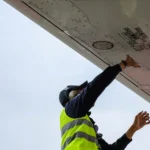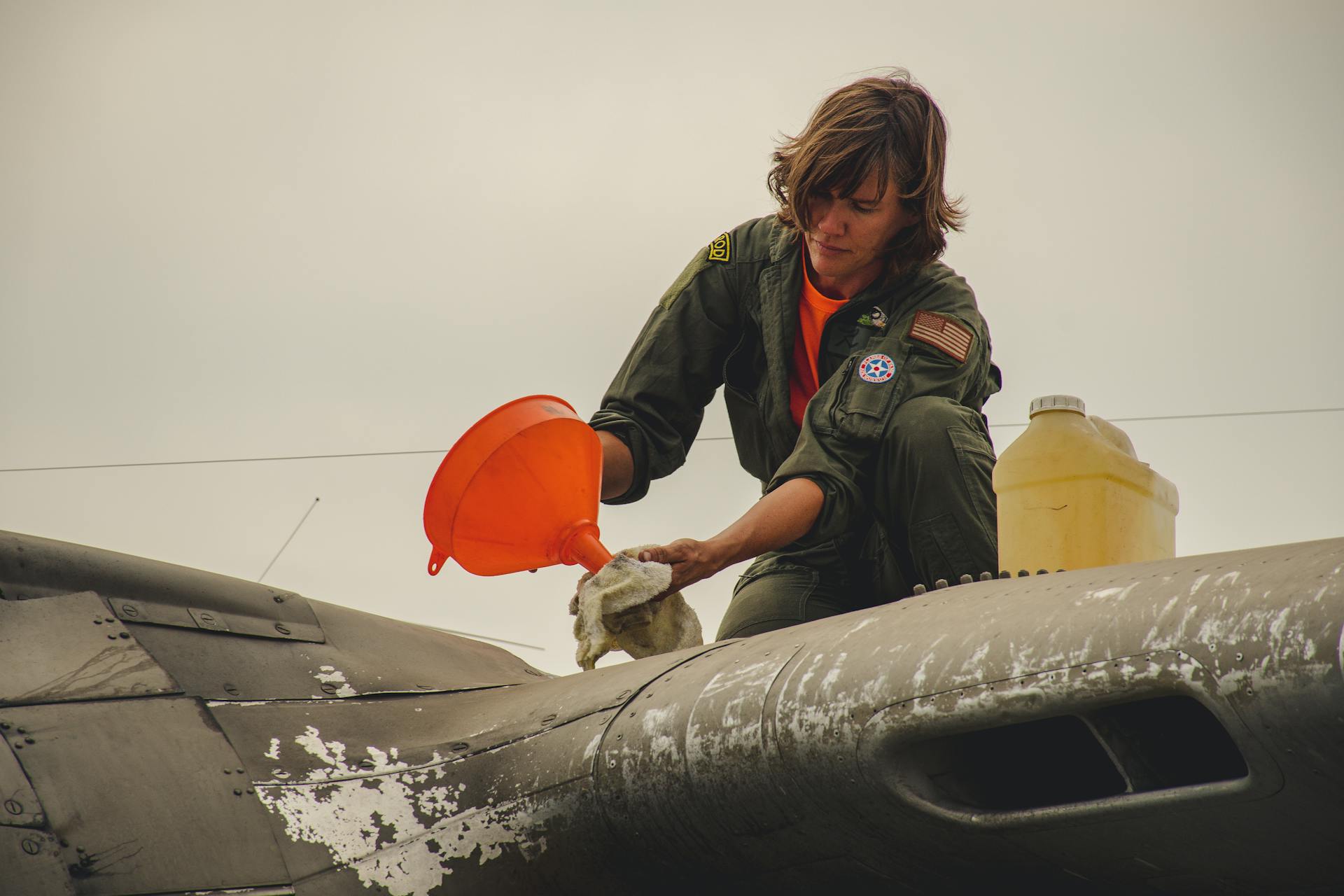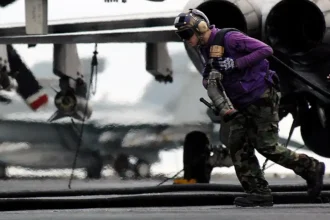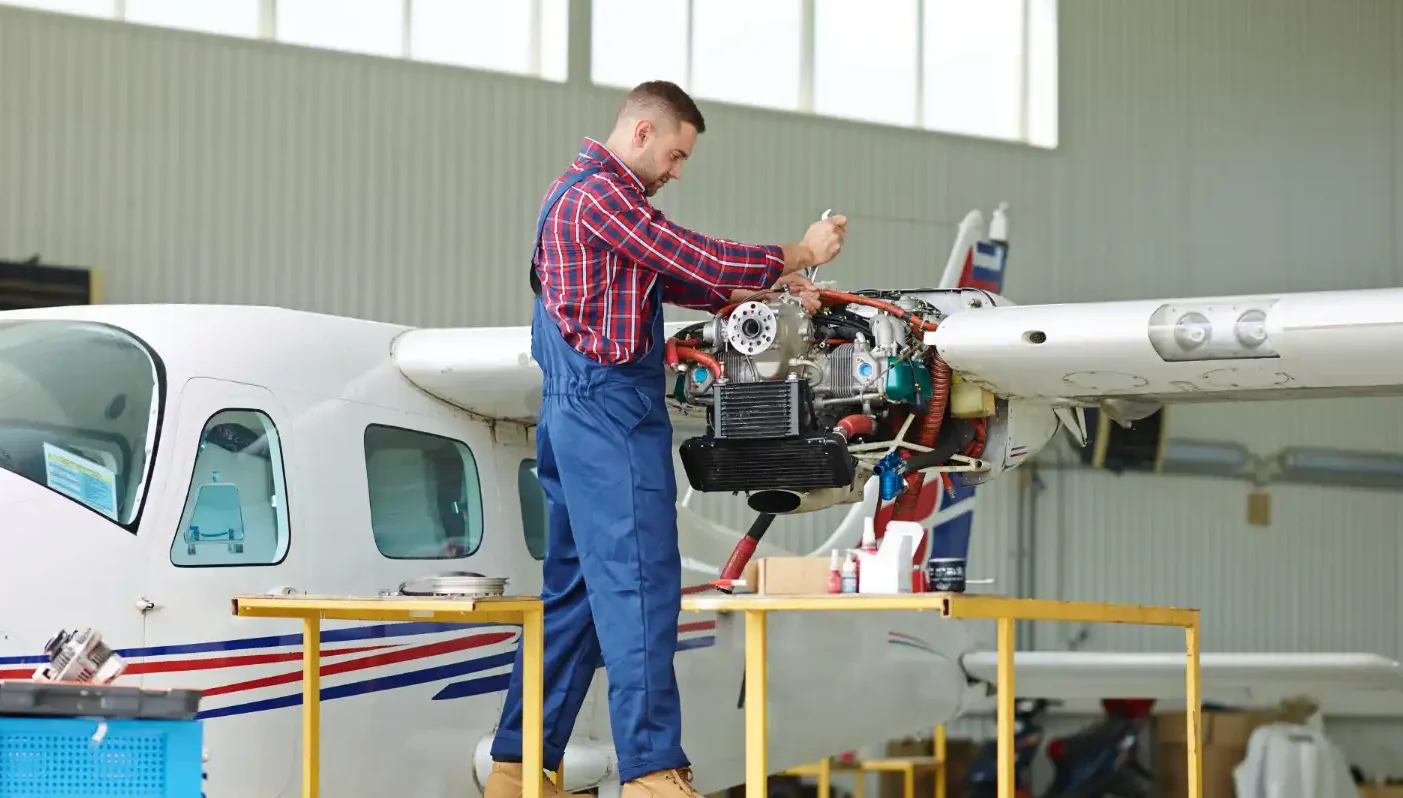The Demanding World of Navy Aircraft Technicians: An Inside Look
Being a navy aircraft technician is one of the most challenging and rewarding careers in the military. These skilled professionals are responsible for maintaining and repairing the sophisticated aircraft that defend our nation’s interests at sea and in the air. The role demands technical precision, problem-solving abilities, and unwavering dedication, making it a career path with both significant challenges and remarkable opportunities. According to the Naval Air Systems Command, navy aircraft technicians are the backbone of naval aviation, ensuring that multi-million dollar aircraft remain mission-ready at all times.
What Does a Navy Aircraft Technician Do? Key Responsibilities
The daily duties of a navy aircraft technician vary widely depending on specialization, but typically include:
- Conducting pre-flight and post-flight inspections
- Troubleshooting complex aircraft systems
- Performing scheduled maintenance procedures
- Repairing or replacing damaged components
- Documenting all maintenance actions
- Testing aircraft systems to ensure proper operation
According to the U.S. Navy’s official career portal, these technicians specialize in various aircraft systems including avionics, engines, structural components, and weapons systems. The Bureau of Naval Personnel reports that the Navy invests over $500,000 in training each navy aircraft technician, reflecting the high level of expertise required.
Why Many Navy Aircraft Technician Candidates Don’t Make the Cut
The rigorous demands of becoming a navy aircraft technician result in significant washout rates during training. The most common reasons include:
Technical Aptitude Challenges
Not everyone possesses the mechanical and electrical aptitude required to master aircraft systems. The Naval Education and Training Command data shows that approximately 30% of candidates struggle with the technical complexity of modern naval aircraft.
Physical and Mental Demands
Navy aircraft technicians often work in challenging environments with extreme temperatures, confined spaces, and high noise levels. They must maintain focus while working around jet engines, dangerous chemicals, and high-voltage systems. The physical demands include standing for extended periods, lifting heavy components, and working in awkward positions.
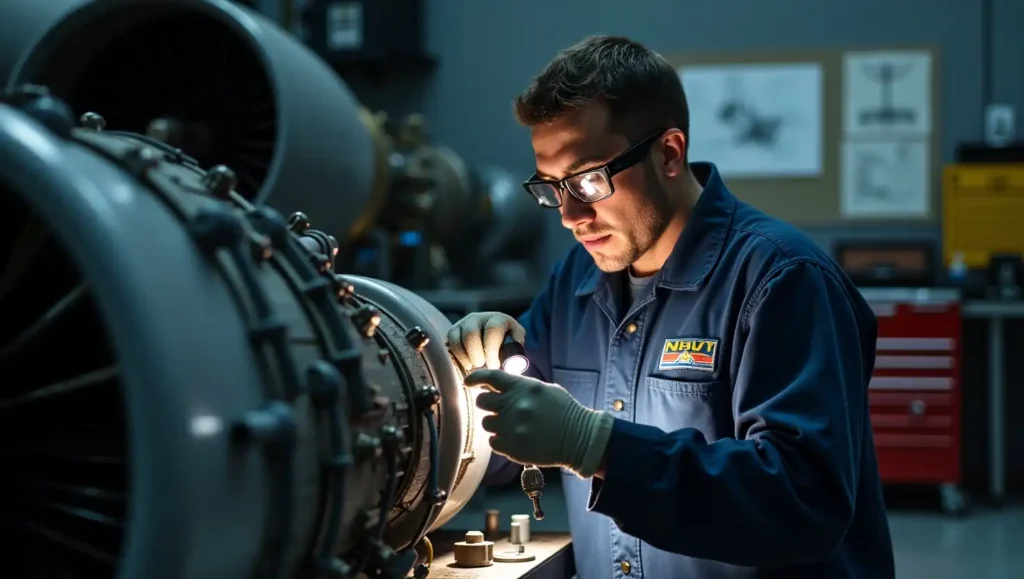
Security Clearance Requirements
Working on sensitive military technology requires navy aircraft technicians to obtain and maintain security clearances. Background checks can disqualify candidates with certain financial or legal issues in their history.
Career Advancement and Specialization Paths for Navy Aircraft Technicians
Successful navy aircraft technicians have multiple advancement opportunities. After initial training, technicians can pursue specialized certifications in:
- Avionics systems
- Jet engine maintenance
- Helicopter systems
- Structural repairs
- Weapons systems integration
With experience, a navy aircraft technician can advance to supervisory roles such as Quality Assurance Inspector, Maintenance Control Chief, or Aviation Maintenance Senior Chief. Many technicians leverage their military experience to transition into lucrative civilian careers with defense contractors, airlines, or aerospace manufacturers.
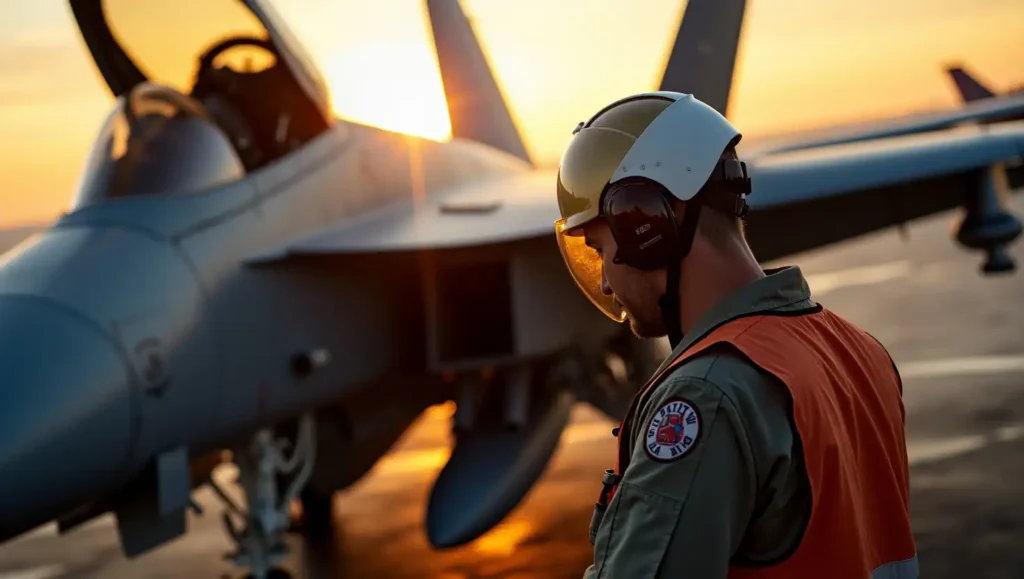
The Financial Benefits of Becoming a Navy Aircraft Technician
Beyond job security and advancement opportunities, navy aircraft technicians enjoy significant financial benefits. According to compensation data from the Department of Defense, technicians receive:
- Competitive base pay increasing with rank and time in service
- Housing allowances
- Food allowances
- Healthcare coverage for themselves and dependents
- Education benefits through the GI Bill
- Special duty pay for hazardous assignments
Additionally, the skills acquired translate exceptionally well to civilian careers, where aviation maintenance professionals command salaries ranging from $60,000 to over $100,000 annually, according to the Bureau of Labor Statistics.
FAQ About Navy Aircraft Technician Careers
How long is the training to become a Navy Aircraft Technician?
Initial training typically lasts 4-6 months at the Naval Air Technical Training Center, followed by additional specialized training that can extend 3-12 months depending on your aircraft system specialization. Ongoing training continues throughout your career as new aircraft and systems are introduced.
What qualifications are needed to apply for this position?
Candidates must be U.S. citizens between 18-39 years old, have a high school diploma or GED, pass the Armed Services Vocational Aptitude Battery (ASVAB) with qualifying scores in mechanical and electrical areas, meet physical fitness standards, and be able to obtain appropriate security clearances.
Can women serve as Navy Aircraft Technicians?
Absolutely. Women represent approximately 20% of Navy Aircraft Technicians, with the number growing each year. All specializations and advancement opportunities are equally available regardless of gender.
Is color vision important for this job?
Yes, normal color vision is generally required as aircraft technicians must distinguish between color-coded wires, components, and warning indicators. However, waivers may be available for certain specializations depending on the degree of color vision deficiency.
What civilian jobs can Navy Aircraft Technicians transition to after service?
Former technicians are highly sought after by commercial airlines, aircraft manufacturers like Boeing and Lockheed Martin, defense contractors, the Federal Aviation Administration, and private aviation maintenance facilities. Many also pursue careers as technical instructors or quality assurance specialists.
How dangerous is the job of a Navy Aircraft Technician?
While working around aircraft carries inherent risks, extensive safety training and protocols minimize these dangers. The Navy’s operational risk management systems have reduced maintenance-related accidents by over 60% in the last decade, making it safer than many civilian industrial occupations.
Share Your Thoughts: We Value Your Feedback!




